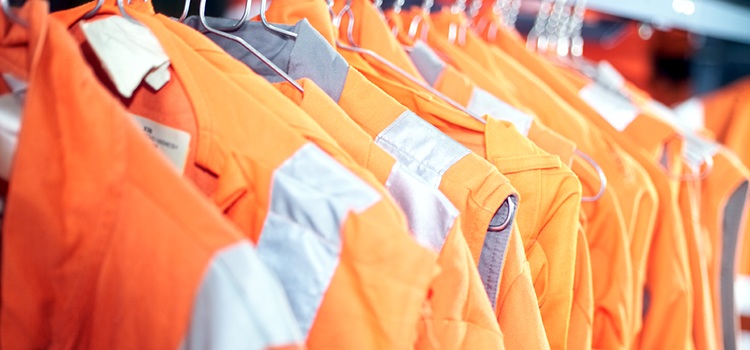The workwear challenge: managing two suppliers
For businesses that require specialist workwear for their employees, managing two suppliers for the provision and laundering of garments can be a minefield.

So what sort of problems are duty holders likely to encounter when working with two suppliers?
First of all, there is the additional time and hidden costs associated with processing both orders and invoices from two separate companies, but this is overshadowed by the many practical and administrational difficulties.
No ownership
With two suppliers in the mix, there is no one to take full ownership when things go wrong.
If a garment is ruined once in laundry circulation, the manufacturer can blame the laundry process and the launderer can blame the integrity of the garment supplied by the manufacturer.
This often leads to a stalemate with the garment being ultimately condemned and you picking up the bill.
With three parties involved, the lines of communication often get blurred, meaning issues relating to the supplier may get chased with the laundry and vice versa.
Winning management information
In order to effectively allocate spend and reduce wastage, an ideal management information system would need to take at least the following into account:
- Which workers are attached to which site(s)?
- Which garments are attached to each wearer?
- When were the garments issued?
- What is the expected lifespan of the currently issued workwear?
- What workwear does each wearer need based on job role, and will it last?
When working with two suppliers, usually the only way to source this information is for the garment supplier to data transfer all the information to the laundry.
In practise, however, this system proves patchy and often results in unreliable information that is often rendered unusable, so duty holders can’t see if and where improvements need to be made.
Getting the right garments
At the most basic level, getting correctly sized garments directly to their wearers on time and in good condition is paramount.
But with a two supplier situation, the garments are usually sent via third part courier to ‘site’ rather than the actual wearer’s locker, often with hidden costs for delivery.
In addition, without physical sizing checks, wearers are forced to estimate their size.
Both of these situations can result in severe delays in getting garments to their wearers if they take a while to locate or have to go into the returns process for exchange.
The solution
In order to achieve full accountability, reliable management information and a high quality product and service, it’s clear that a one supplier solution is the answer.
If each wearer was measured at the depot there would be no issues with returns, and managing one supplier means they can deliver new and laundered garments directly to the wearer’s locker.
In addition, suppliers like phs Besafe will also provide a fully accountable management information system. This can help duty holders monitor their workwear portfolio and make improvements to the system where necessary.
Most importantly, prices can be fixed, and you’ll only be dealing with one invoice for the entire length of the contract. Plus there are no huge upfront costs for initial allocation.